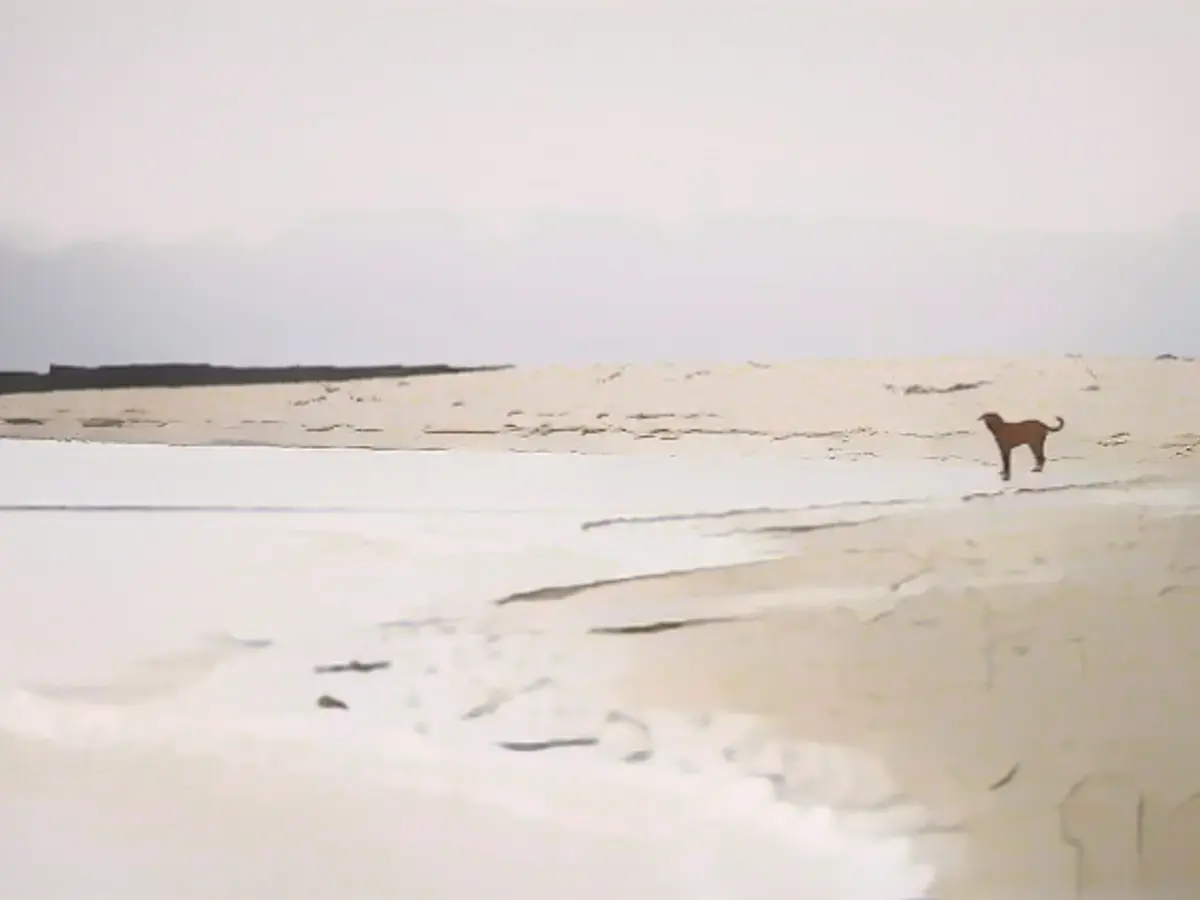North experiences nastiest pre-Christmas week for a long time
Some of the weather trends up to the weekend look bad. And it will be anything but calm at Christmas too. The reason is a hurricane depression over northern Europe and the Baltic Sea, which will also have consequences for Germany. There is a threat of storm and gale-force winds, storm surges on the North Sea as well as continuous rain and a renewed worsening of the flooding situation. The bottom line is that we are probably in for the most weather-intensive pre-Christmas week in recent decades.
ntv.de: The pre-Christmas week has begun. What are the signs heading into the festive season?
Björn Alexander: The northerners in particular are in for the most intense pre-Christmas days in recent years, perhaps even in recent decades. The weather peaks will also become more intense in the center and south. Before that, however, high pressure system "Fiona" will provide a more relaxed outlook.

Why is our weather getting worse now?
The storm carousel around low pressure system "Xavi" is currently shifting from the sea regions around Iceland to Scandinavia. In the congested areas of the Scandinavian mountains, we are already seeing snowfall and drifts due to the stormy winds. The intensifying Scandinavian low is also opposed by a major antagonist - the very powerful Azores High. This is a mixed situation that will further increase the pressure differences and increase the risk of storms across a wide area. In between, there is also a strong weather-controlling current in the upper atmosphere, the so-called jet stream, which will thunder right over Germany and intensify the lows even further.
What are the specific consequences?
On the one hand, some of the weather computers are calculating a core pressure of around 950 hectopascals (hPa) over the Baltic Sea on Thursday. This puts us in the range of air pressure records. In relation to Germany and the countries bordering the Baltic Sea, these are - reduced to sea level - 951.6 hPa in Lithuania, 965.2 hPa in Poland and 954.4 hPa here in Germany, for example. On the other hand, there is also a threat of gale-force winds and gale-force gusts with an increasing risk of storm surges here in Germany, as well as a renewed worsening of the flood situation due to the heavy rainfall in some places.
Then let's look at the details: what is the storm timetable?
The wind will gradually increase from the north over the next few days. Especially on Thursday and Friday, with heavy gales to gale-force gusts of around or over 100 km/h, which cannot be completely ruled out even in the lowlands and inland areas.
What are the dangers?
As our forests are no longer leafy and no longer offer the wind too much of a target, the focus is particularly on the Christmas markets. Even if the details are still uncertain: The potential for damage is high, which is why we should keep a closer eye on the wind warnings from the middle of the week. Of course, the heaviest storms will be in the mountains and at sea, where there is also the threat of storm surges. On Thursday, the situation is still mild, while the north-westerly winds on the North Sea on Friday, the calendar date for the start of winter, could even cause a severe storm surge.
Keyword flood: Which regions will be affected?
Compared to the situation last week, when the south was also affected by the melting snow, we are now focusing on the northern half of our country. Here, the flood situation is still tense in places, the soil is saturated and the impending rain will therefore run off completely via the streams and rivers.
How much rain can the affected regions expect?
Depending on the weather model, widespread rainfall of 30 to 60 liters per square metre is conceivable up to and including Saturday - although significantly more is possible at peak times. In some cases, the weather computers will focus on around or over 100 liters per square meter in the congested areas of the low mountain ranges. By way of comparison, the national average for the whole of December is usually around 60 liters per square meter.
Will the weather at Christmas be calmer and perhaps even white?
The bottom line is that the forecast remains changeable and windy. However, the details are still extremely uncertain. Even the temperature forecasts vary to an extent that we rarely experience. This is because the upcoming storm event will really set the course for the Christmas weather.
How far apart are the forecasts?
If we look at Saturday, for example, the extremes in the calculations lie between another storm in very mild air, i.e. in the warm sector of a new low. On the other hand, some of the weather computers see chances of polar air with snow all the way down, so that regional winter dreams could still come true. After all, the White Christmas criterion would already be fulfilled if there was snow on one of the three days. This means that the forecast period extends over a week. In this turbulent development, that feels like an eternity with plenty of potential for surprises.
Read also:
- Snow chaos further restricts Bavaria
- Unanimous decision: faster wolf culls possible
- The year of climate records: extreme is the new normal
- Snow and ice paralyze southern Germany
Despite the upcoming high pressure system "Fiona" providing a temporary respite, the northern regions are still bracing for intense weather conditions leading up to Christmas. This could potentially make it the most weather-affected pre-Christmas period in recent decades, with extreme weather such as snow and storms expected.
Internationally, there's growing concern about the increasing frequency of such extreme weather events during the festive season, often associated with the intensification of hurricane depressions like the one over northern Europe and the Baltic Sea, as described in this case.
Source: www.ntv.de






